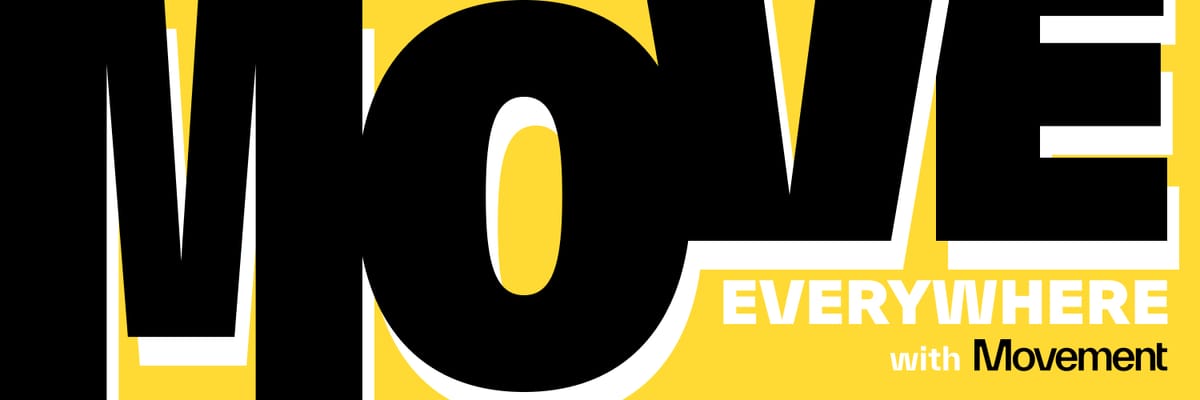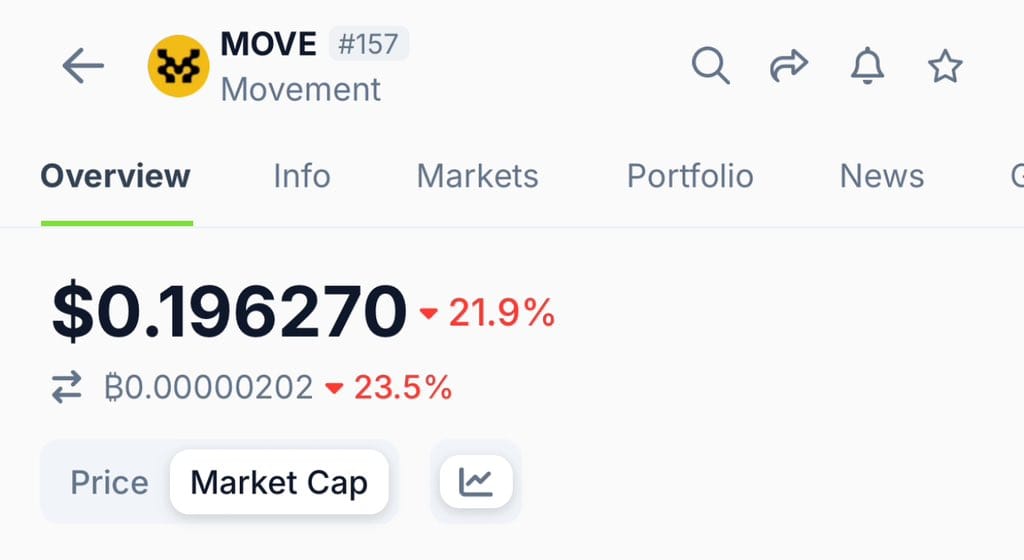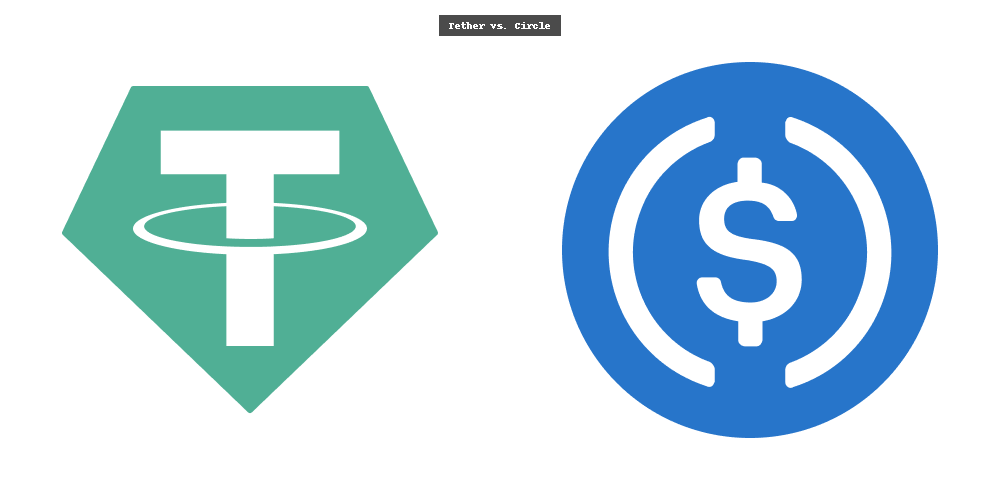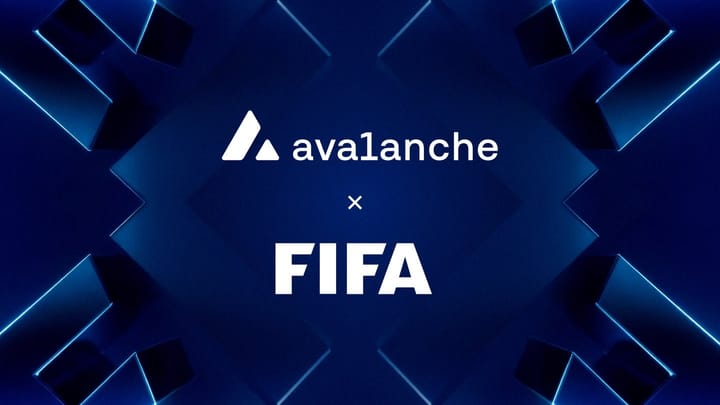The Movement Labs Saga 📉

Introduction
The blockchain industry is no stranger to volatility, innovation, and the occasional storm of controversy. Among the projects making waves in this dynamic space is Movement Labs, a blockchain development company that has garnered attention for its ambitious vision, significant funding, and a native token, MOVE, that has experienced both meteoric rises and dramatic falls. As of May 2025, Movement Labs stands at a critical juncture, balancing technological advancements with challenges that have sparked debate within the crypto community.
This article explores the journey of Movement Labs, the current state of its MOVE token, recent developments, and the broader implications for its future in the decentralized ecosystem.
Origin and Vision
Founded in 2023, Movement Labs set out to address the limitations of existing blockchain platforms, particularly concerning security vulnerabilities and scalability issues. The Move language, known for its resource-oriented programming and formal verification, offered a promising solution. By creating a Layer 2 (L2) solution on Ethereum using Move, Movement Labs aimed to combine the best of both worlds: Ethereum’s liquidity and Move’s security features.
Funding and Strategic Partnerships Movement Labs’ innovative approach attracted significant investor interest. In April 2024, the company secured $38 million in a Series A funding round led by polychain captial, with participation from notable investors like Hack VC, Placeholder, and Aptos Labs. Subsequently, in May 2024, Binance Labs invested in Movement Labs, further validating its mission and providing resources for expansion, particularly in the Asia-Pacific region.
Technological Advancements
→ Move Virtual Machine (MoveVM) Integration At the core of Movement Labs’ technology is the integration of the Move Virtual Machine (MoveVM) into Ethereum’s infrastructure. This integration enables developers to write smart contracts in Move, benefiting from its formal verification to prevent common vulnerabilities like reentrancy attacks.
→ Zero-Knowledge Rollups Movement Labs employs zero-knowledge (ZK) rollup technology to enhance scalability. By bundling multiple transactions into a single proof, ZK rollups reduce on-chain data, leading to faster and more cost-effective transactions.
→ AggLayer Integration
In July 2024, Movement Labs joined Polygon’s AggLayer, an interoperability layer designed to unify liquidity across various Layer 2 solutions. This collaboration allows Movement Labs to bridge the gap between Move-based chains and Ethereum, facilitating seamless asset transfers and enhancing user experience.
Ecosystem Development
Movement Labs launched its public testnet, dubbed “Parthenon,” in July 2024. The testnet attracted over $160 million in committed Total Value Locked (TVL) before the mainnet launch, showcasing strong community interest.
To foster developer engagement, Movement Labs organized the “Battle of Olympus” hackathon, which received over 2,100 project submissions. The event highlighted the versatility of Move-based applications, ranging from decentralized finance (DeFi) to gaming.
The MOVE Token The MOVE token, launched on December 9, 2024, serves as the native currency of the Movement Labs ecosystem. It powers transaction fees, supports a multi-asset staking system, and facilitates decentralized governance through voting. The token’s initial release was met with significant enthusiasm, driving its market cap to a peak of $2.7 billion shortly after launch. MOVE reached an all-time high (ATH) of $1.20 on December 26, 2024, reflecting strong market confidence in Movement Labs’ vision
Mainnet Launch and TVL Growth In February 2025, Movement Labs officially launched its mainnet, achieving $250 million in TVL on day one. This milestone was facilitated by the “Cornucopia” program, designed to provide substantial liquidity across BTC, ETH, MOVE, and stablecoins.
Tokenomics and Community Incentives. The native token, $MOVE, serves multiple purposes within the Movement ecosystem:
• Transaction Fees: Used for paying gas fees on the network.
• Staking: Validators stake $MOVE to secure the network and earn rewards.
• Governance: Token holders can participate in decision-making processes.
• Collateral and Payments: Facilitates various applications within the network.
To incentivize early participation, Movement Labs initiated the “MoveDrop” airdrop, allocating 10% of the total $MOVE supply to early users and contributors. However, the euphoria was short-lived. By May 2025, MOVE had plummeted over 86% from its ATH, trading at approximately $0.19-$0.25 across major exchanges like Binance, Coinbase, and OKX. The token’s circulating supply stands at 2.5 billion, with a total supply of 10 billion, and its market cap has stabilized around $485-$630 million. This sharp decline has been attributed to a combination of market dynamics, broader crypto market trends, and specific controversies surrounding Movement Lab
How We Got Here: Milestones and Challenges
Movement Labs’ journey to its current state has been marked by significant achievements and notable setbacks. Here’s a breakdown of the key developments that have shaped its trajectory:
- Funding Success: Movement Labs has raised an impressive $141.4 million across multiple funding rounds, including a $38 million Series A in April 2024 led by polychain capital and a reported $100 million Series B in January 2025, valuing the company at $3 billion. The Series B, led by CoinFund and supported by Brevan Howard’s digital asset arm, reflects growing investor confidence in Movement’s vision, despite market turbulence. Funds are earmarked for product development, expansion into the Asia-Pacific region, and team growth.
- Technological Innovation: The launch of M2 and the Movement SDK has positioned Movement Labs as a leader in modular blockchain frameworks. The platform’s ability to support both MoveVM and EVM languages allows developers to build secure, interoperable decentralized applications (dApps) that leverage Ethereum’s ecosystem while benefiting from Move’s security features. The shared sequencer and tools like Fractal and Hyperlane further enhance cross-chain communication, making Movement a versatile platform for Web3 developers.
- Community Engagement: Movement Labs has actively fostered community involvement through initiatives like the MoveDrop program, an incentivized testnet that rewards early participants. The program, announced in September 2024, aimed to drive developer adoption and test network performance. However, delays in MoveDrop distributions, with the program postponed multiple times, had frustrated some community members.
- Controversies and Scandals: The most significant challenge for Movement Labs has been a series of controversies that eroded trust in the project. In April 2025, a $38 million MOVE token dump by a market maker, Rentech, sparked allegations of market manipulation. The firm, reportedly linked to Web3Port, acquired and sold 66 million MOVE tokens, leading to a sharp price drop. Binance delisted the associated market maker’s account, and Movement Labs launched an internal investigation, resulting in co-founder Rushi Manche’s temporary suspension. The scandal raised questions about transparency and governance within the project.
- Coinbase Delisting: In a further blow, Coinbase announced on May 1, 2025, that it would suspend trading of MOVE on May 15, citing noncompliance with its listing standards. This decision, coupled with the token dump scandal, intensified bearish sentiment, contributing to MOVE’s 22.1% drop in a single day. The delisting has raised concerns about the token’s liquidity and long-term viability.
- Market Dynamics: MOVE’s price action has also been influenced by broader market trends and technical patterns. Analysts have noted a bearish head-and-shoulders pattern in MOVE’s chart, with the token testing critical support levels around $0.86. A potential breakdown could see prices fall to $0.50, a 45% decline from current levels. The Relative Strength Index (RSI) remains bearish, signaling weak momentum.
The Current Situation
As of May 2, 2025, Movement Labs is navigating a complex landscape. The company continues to innovate, with ongoing development of M2 and its modular framework. Its ability to process high TPS and support cross-chain interoperability positions it as a competitive player in the L2 space. The $100 million Series B funding round underscores investor optimism about its long-term potential, particularly as the crypto market rebounds from post-FTX lows.
However, the controversies surrounding the token dump and Manche’s suspension have cast a shadow over the project. The Coinbase delisting and delayed MoveDrop distributions have further strained community trust. Social media sentiment, as reflected on platforms like X, is mixed, with some users praising Movement’s technological ambitions while others highlight its governance and transparency issues. The token’s 86.4% decline from its ATH and ongoing bearish technical indicators suggest that MOVE faces significant selling pressure.

The Road Ahead
Looking forward, Movement Labs has several opportunities to regain momentum:
- Restoring Trust: Addressing the token dump scandal transparently, completing the ongoing third-party investigation, and executing the promised $38 million MOVE buyback could help stabilize the token’s price and rebuild community confidence. Clear communication about MoveDrop rewards is also critical.
- Leveraging Technology: Continued development of M2 and the Movement SDK could attract more developers to the ecosystem, driving dApp adoption and network activity. Strategic partnerships, as hinted in some price predictions, could further boost MOVE’s value.
- Market Recovery: As the broader crypto market recovers, supported by easing regulations and venture capital inflows, Movement Labs could benefit from renewed investor interest in L2 solutions.
However, risks remain. The token’s vesting schedule, with 50 million MOVE tokens unlocked on January 9, 2025, and larger unlocks planned for December, could add selling pressure. Regulatory scrutiny, particularly in light of Coinbase’s delisting, may pose further challenges. Additionally, competition from other L2 solutions like Arbitrum and Optimism requires Movement to differentiate itself through performance and developer adoption.
Conclusion
Movement Labs stands at a crossroads in May 2025. Its innovative approach to blockchain interoperability, backed by substantial funding and a talented team, positions it as a potential leader in the Web3 space. However, the MOVE token’s dramatic decline, coupled with governance scandals and the Coinbase delisting, has tested the project’s resilience. By addressing transparency concerns, delivering on technological promises, and capitalizing on market recovery, Movement Labs can chart a path to recovery. For now, the crypto community watches closely, weighing the project’s ambitious vision against the realities of a volatile market.
Highlights📚:
→ Down 22.1% in 24hrs.
→ Co-founder Rushi Manche been suspended 😳
→ Coinbase to suspend trading for $MOVE by May 15th
→ $38M $MOVE Buy-Back still not executed
→ $Move airdrop as been postponed for the fifth time 😳
→ Total locked value drops to $112.75m -6.16% in 24hrs.
→ $2.62M volume with only 16$ in chain fees



Comments ()